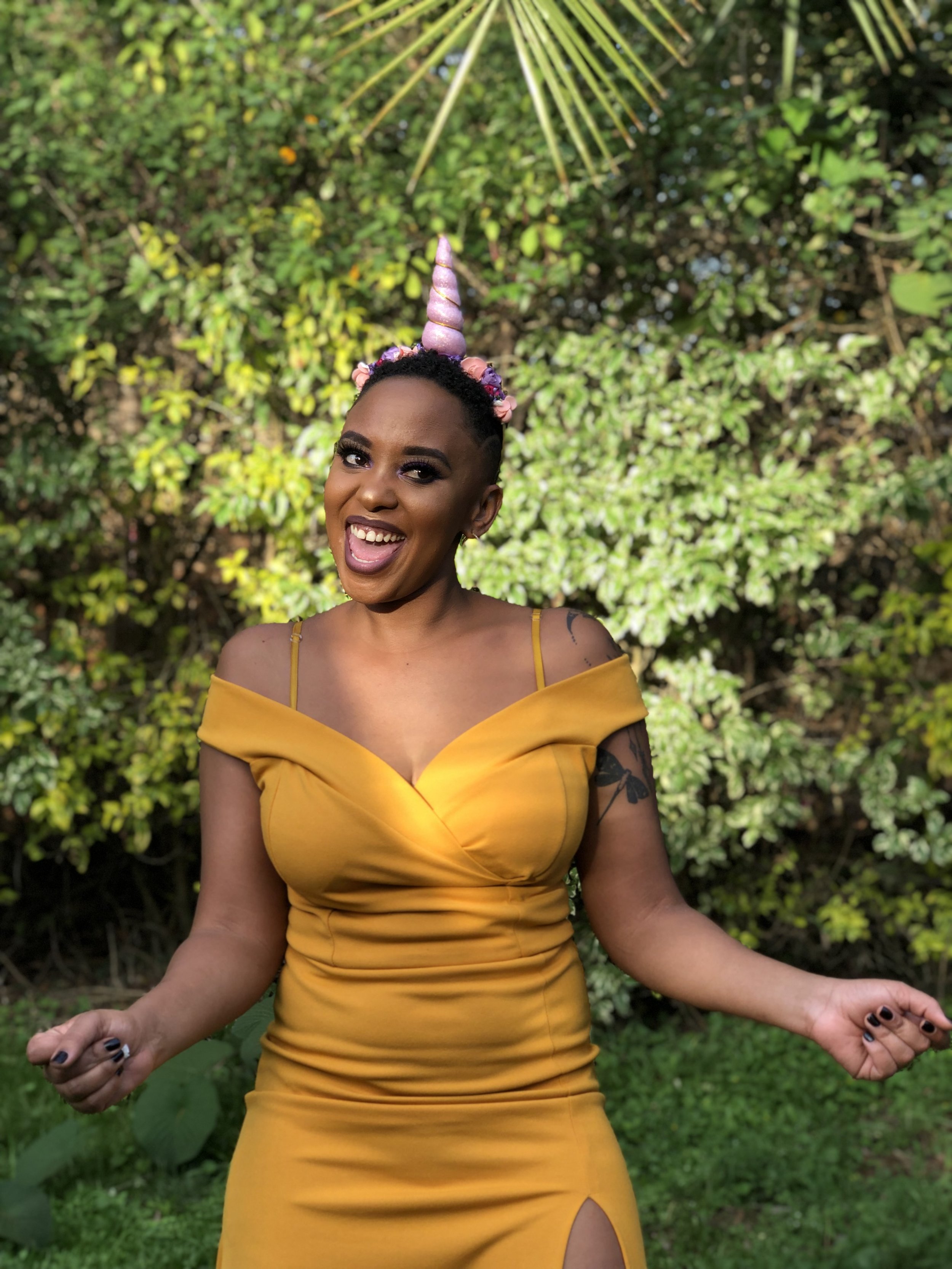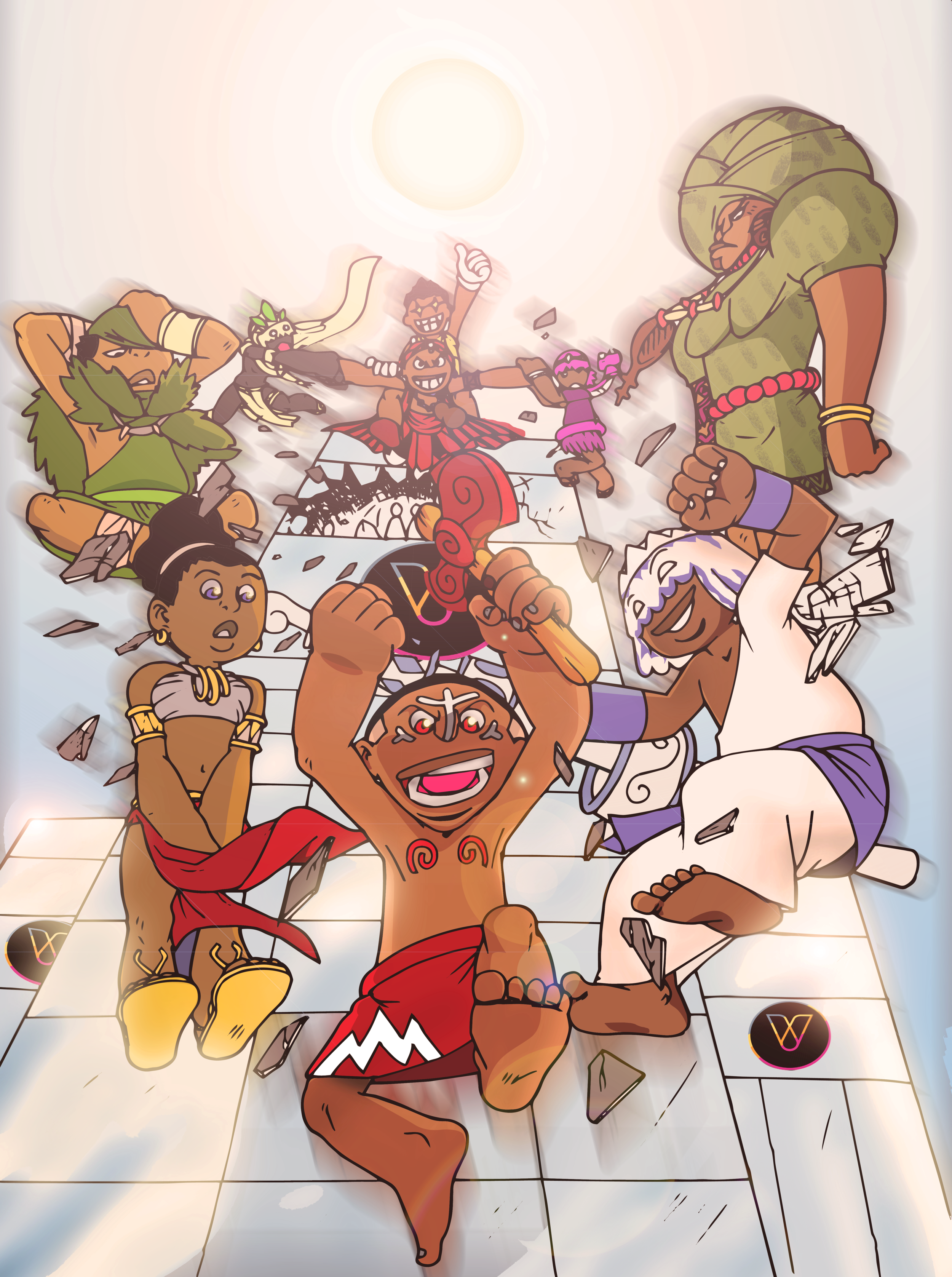What's the reception been like so far?
The reception has been overwhelmingly positive. I had no idea that the podcast would grow and be as successful as it is now. People are hungry to meet similar people and have discussions without judgement. Of course, there are also people who react negatively to my work and say that this is a result of "Western influence." To those people, I say that they should know that the majority of my work is focused on decolonizing sexuality.
Great transition. I first saw the term "decolonizing sexuality" in your Instagram bio. What exactly does that mean?
Prior to Western intrusion, we already had our own sexual culture. I'm trying to remind people that certain things we embrace as "African" and defend when it comes to sex and sexuality, are elements that came to us through religion, Westernized education etc. The shame associated with sex and sexuality on the continent are remnants of Western teachings.
Prior to colonization many ethnic groups had religious healers who were neither considered male nor female but were gender fluid or intersex. There were ethnic groups that didn't base gender on anatomy but on energy. Gender fluidity on the continent was observed even more than you would find in the most liberal country right now. For some, you could physically have male features but possess female energy and live as a woman. Some people worshipped androgynous or intersex deities and believed that the perfect human being is both male and female. Certain tribes did not ascribe a gender to anyone until the age of puberty. In other communities, their priests were transgender, and they were the only ones who could conduct certain spiritual ceremonies. There is evidence that for several ethnic groups gay and lesbian relationships were not taboo. Unfortunately, a lot of this history has not been publicized or it is being revised as it does not fit in well with the idea that the continent is trying to now uphold as a patriarchal, heteronormative society. That is why the work of decolonizing sexuality is extremely important as we now have a generation that is open to questioning themselves. The generation of our parents lived in a time of oppressed and suppressed sexuality (among other things) as they themselves or their parents had suffered the colonial rape and pillage [both literally and metaphorically] of their lives. All they could carry was anger and fear. To survive they had to conform to what the oppressor enforced on them through religion, western education etc.
[Recently deceased] Kenyan writer and gay activist, Binyavanga Wainaina clearly outlines how it is only former British colonies that have anti-sodomy laws, which came during colonial times from the fear that British soldiers and colonial administrators would be corrupted by the natives while they were away from their wives. The law, the fears by the British government at the time, really are proof that some of the natives were already practicing sodomy.
What for you is the link between sex positive work and women's empowerment?
The average person might think that the type of work I'm doing is frivolous, but the reality is that when a society believes they have any right over women's bodies, we see all the terrible things that happen to women: rape, rampant femicide, violence against women and more. Reclaiming your sexuality as a woman is about asserting your own authority over your body—declaring the right to fulfilling, consensual sex of your own liking, the right to having children, or not having children if you don't want to, postponing or terminating a pregnancy. Once we accept the policing of women's bodies, it's a slippery slope.
Feminism is about women having equal rights and opportunities as men, and that also extends to their sex lives. My body, my choice. For those who are always ready to bash feminism, seeing it as women somehow trying to take over, dominate men, oppress men etc. They should realize that the only reason feminism exists, is because we live in a patriarchal world. Women are at the bottom of the rung, oppressed in thousands of ways. All we are trying to do, is get the same rights that men take for granted. Of course, to the ones who hold power, it will feel like a loss of power.
This is the reason why the topics we cover span everything from women's sexual pleasure to gender-based violence to LGBTQIA+ rights to women's reproductive health. All these discussions must happen in tandem.
To access the full article on Okayafrica, click here.

























